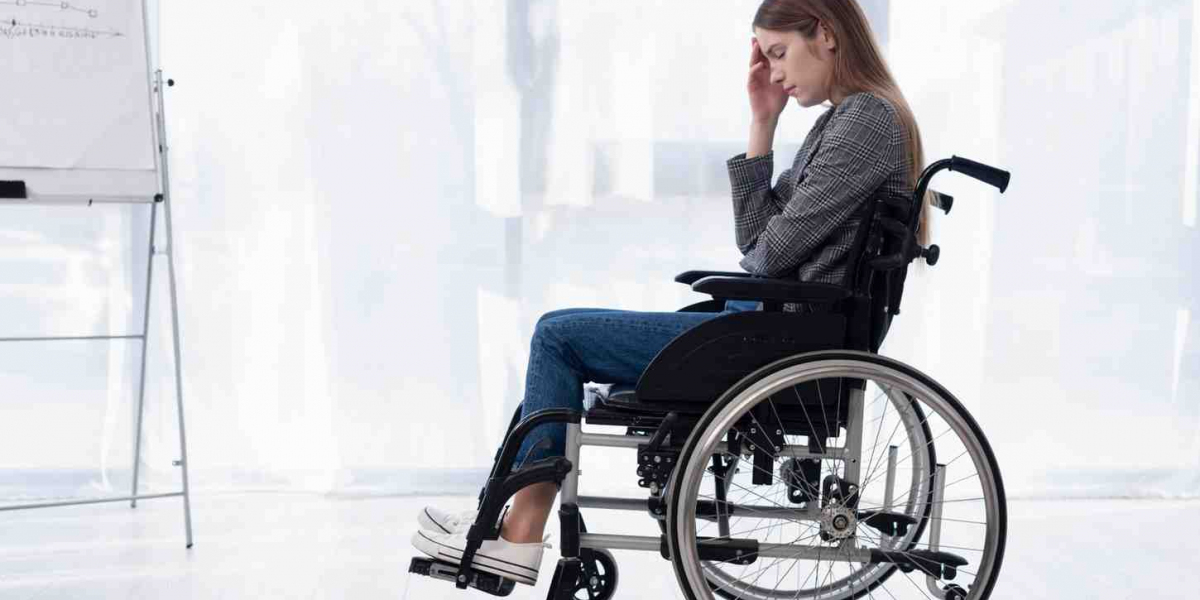Physical disabilities significantly influence the mental well-being of young individuals. However, what is often overlooked are the profound effects these disabilities can have on their mental health.
Youth with physical disabilities frequently face challenges that extend beyond their physical limitations, such as feelings of low self-esteem, social isolation, and emotional struggles.
In this article, we will explore how physical disabilities intersect with youth mental health, shedding light on the unique emotional and social hurdles these young individuals face.
We will also highlight the coping mechanisms that can support their resilience and the crucial role of family, peers, and communities in fostering emotional wellness.
By the end of this article, we promise to provide valuable insights and practical strategies for helping youth with physical disabilities thrive emotionally, socially, and mentally.
Key Takeaways
- Physical disabilities can cause anxiety, depression, and social isolation.
- Family, peer support, and inclusive environments improve mental health.
- Early intervention, tailored support, and societal inclusivity foster resilience.
The Connection Between Physical Disabilities and Mental Health
Overview of Physical Disabilities in Youth
Physical disabilities refer to limitations in physical functioning due to congenital or acquired conditions, such as cerebral palsy, muscular dystrophy, spinal cord injuries, or chronic illnesses like juvenile arthritis.
According to the World Health Organization, approximately 15% of the world’s population lives with a disability, with a significant proportion being young people.
For many young individuals, physical disabilities can cause secondary struggles like difficulty participating in activities, feelings of "otherness," and academic challenges, which may exacerbate mental health issues.
Mental Health Implications
Youth with physical disabilities are at a higher risk of anxiety, depression, and social withdrawal. Why?
- Visibility of Disability: Visible conditions often lead to stigma and unwanted attention, affecting self-esteem.
- Invisible Disabilities: Conditions like chronic fatigue syndrome may cause young individuals to feel invalidated because their struggles are not immediately apparent.
Societal and Environmental Influences on Youth Mental Health
Stigma and Discrimination
Many young people with physical disabilities face discrimination, making them feel excluded or devalued.
They may be labeled as “different,” which contributes to feelings of inadequacy or shame.
Barriers to Inclusion
- Accessibility Issues: Schools or recreational spaces that lack ramps or other accommodations can isolate youth, preventing them from participating fully in daily life.
- Impact on Mental Health: These barriers increase isolation, negatively impacting their mental health and sense of belonging.
Cultural Perspectives
In some cultures, disabilities are stigmatized or misunderstood. Families may avoid seeking help out of fear of judgment, worsening both physical and mental health outcomes.
The Role of Family and Peer Relationships
Family Dynamics
Supportive family environments can be a lifeline.
- Challenges: Families may experience emotional strain or financial burdens that affect their ability to support their child fully.
- Solution: Open communication and involving the child in family decisions can improve emotional well-being. Supporting family mental health through counseling and community resources is essential for maintaining a healthy family dynamic.
Peer Interactions
Youth with disabilities often struggle to build relationships. Bullying and social exclusion are common issues.
- Encouragement: Participating in group activities or mentorship programs can foster meaningful connections and boost self-esteem.
Coping Mechanisms and Resilience
Adaptive Strategies
Youth can develop resilience through:
- Hobbies and Interests: Creative outlets like art or adaptive sports offer both emotional relief and opportunities for social interaction.
- Skill Building: Learning problem-solving and self-advocacy skills empowers young people to navigate challenges.
Building Resilience
A positive mindset can help youth view their disability as a strength rather than a limitation.
Stories of young individuals excelling in various fields despite physical challenges inspire others to persevere.
Support Systems for Youth Mental Health and Physical Disabilities
Educational Interventions
Schools play a critical role in supporting youth mental health.
- Accommodations: Individualized Education Programs (IEPs) and disability-friendly classrooms help create inclusive learning environments.
- Teacher Training: Educators trained to recognize mental health struggles can provide timely support. Using mental health tools for schools, like school counselors and peer support programs, can enhance the school environment.
Healthcare and Counseling
- Access to Mental Health Care: Cognitive-behavioral therapy (CBT), exposure therapy, and group counseling can address emotional challenges.
- Medical-Emotional Link: Regular collaboration between pediatricians and mental health professionals ensures holistic care.
Community Resources
- Advocacy Groups: Organizations provide resources and platforms for youth to connect with others facing similar challenges.
- Social Programs: Camps, clubs, and support groups tailored to youth with disabilities foster a sense of belonging.
Policy Recommendations: Bridging the Gap
There is an urgent need for improved policies addressing youth mental health and physical disabilities.
- Increased Funding: More resources for inclusive infrastructure and mental health services.
- Anti-Discrimination Legislation: Laws designed to prevent bullying and encourage inclusivity in educational settings and communities.
Conclusion
Youth with physical disabilities deserve equal opportunities to thrive emotionally and socially. By addressing mental health challenges, reducing stigma, and fostering inclusive environments, we can ensure that these young individuals lead fulfilling lives.
Together, we can create a world where every child, regardless of their physical abilities, feels seen, supported, and empowered.









